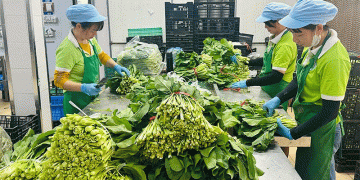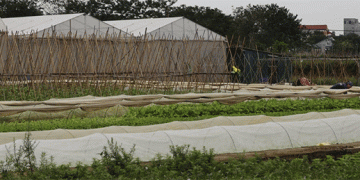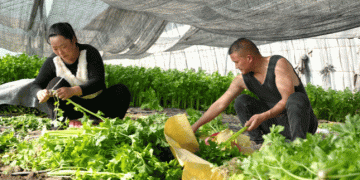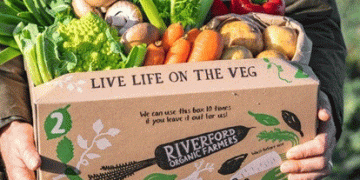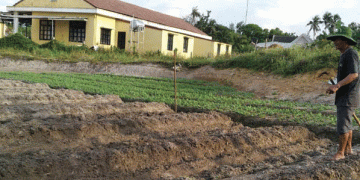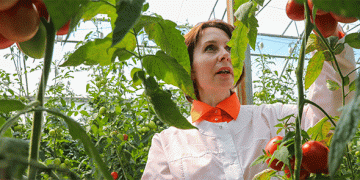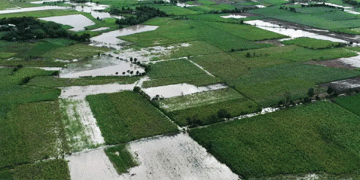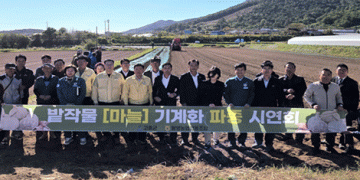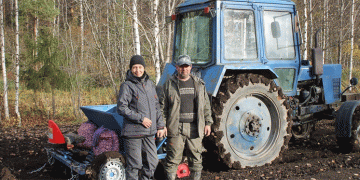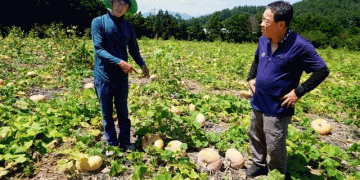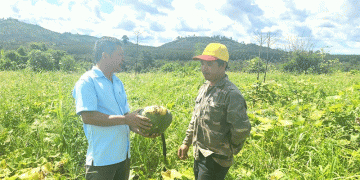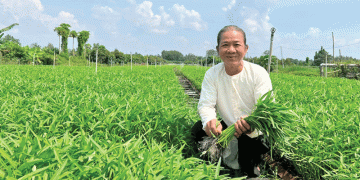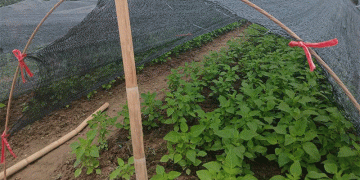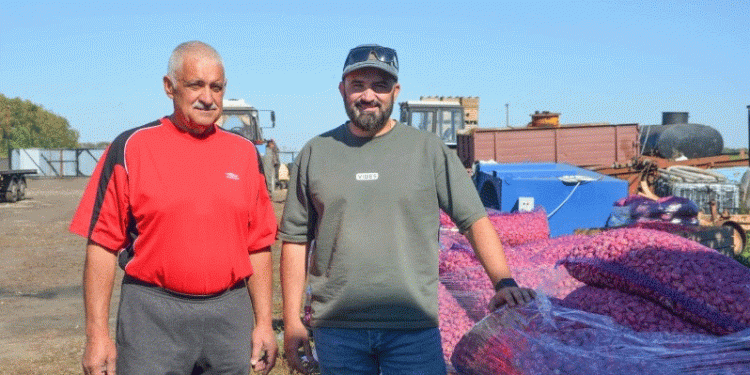The story of the Miloserdov family from the Uvarovsky District is a blueprint for modern agricultural entrepreneurship. What began with Valery Miloserdov receiving an “Agrostartap” grant has rapidly evolved into a thriving, multi-generational enterprise focused on a crop often overlooked in their region: garlic. Their success is not accidental; it is the result of identifying a market gap, leveraging government support, and implementing a strategy for quality and scale that has resulted in a remarkable first-year yield of 45 tons from eight hectares, with most of the product already sold.
Addressing the Demand-Supply Imbalance
The Miloserdovs’ primary motivation—tapping into high local demand for an under-produced crop—is a shrewd market decision. This aligns with a significant national trend. Russia is one of the world’s largest consumers of garlic, yet it remains heavily import-dependent. Recent data from the Federal State Statistics Service (Rosstat) and the Agroexport Center indicates that domestic production covers only about 30-40% of the national consumption, which is estimated at over 200,000 tons annually. The vast majority of imports come from China, creating a substantial opportunity for local producers to capture market share by offering fresher, traceable, and locally adapted produce.
Agronomic Excellence and Yield Analysis
The reported yield of 45 tons from eight hectares translates to an impressive 5.63 tons per hectare. This figure is crucial for benchmarking. While average garlic yields in Russia can vary widely, from 3 to 10 t/ha depending on the region and technology, achieving over 5.5 t/ha in a first large-scale commercial season is a strong indicator of sound agronomic practices.
The family’s focus on using “the best and verified varieties” is a key success factor. Furthermore, the reported bulb size of “over six centimeters” signifies a high-quality product that commands a premium price in the market. This quality is likely a direct result of their meticulous variety selection, proper soil preparation, and precise irrigation and nutrient management—practices essential for achieving large, commercially desirable bulbs.
The Grant as a Catalyst for Growth and Innovation
The “Agrostartap” grant, reported by the son, Pavel, to be three million rubles, served as a critical enabler. This funding allowed for the acquisition of necessary machinery, reducing the initial capital barrier that often prevents agricultural startups from scaling efficiently. The immediate reinvestment of first-year profits into additional equipment demonstrates a commitment to long-term operational efficiency and scalability.
Perhaps the most forward-thinking aspect of their operation is Pavel’s initiative to patent a local heirloom variety, “Valentina.” This move beyond mere production into the realm of genetic intellectual property is a masterstroke. By preserving and commercializing a locally adapted cultivar, they are not only honoring their heritage but also creating a unique, defensible market position. Locally adapted varieties often possess inherent resistance to regional pests and diseases and are optimized for the local climate, which can reduce input costs and improve resilience.
The Miloserdov family’s venture is more than a successful farm; it is a model for strategic agricultural development. It demonstrates a powerful formula: identify a high-demand, import-substitution niche + secure strategic grant funding + implement rigorous agronomy for high quality and yield + reinvest for scalability + innovate through genetic resources. Their success proves that profitability in agriculture increasingly lies in specialization, quality differentiation, and strategic long-term planning. For farmers, agronomists, and investors, their story is a compelling testament to the opportunities that exist within Russia’s agricultural sector when entrepreneurship is effectively supported.
















